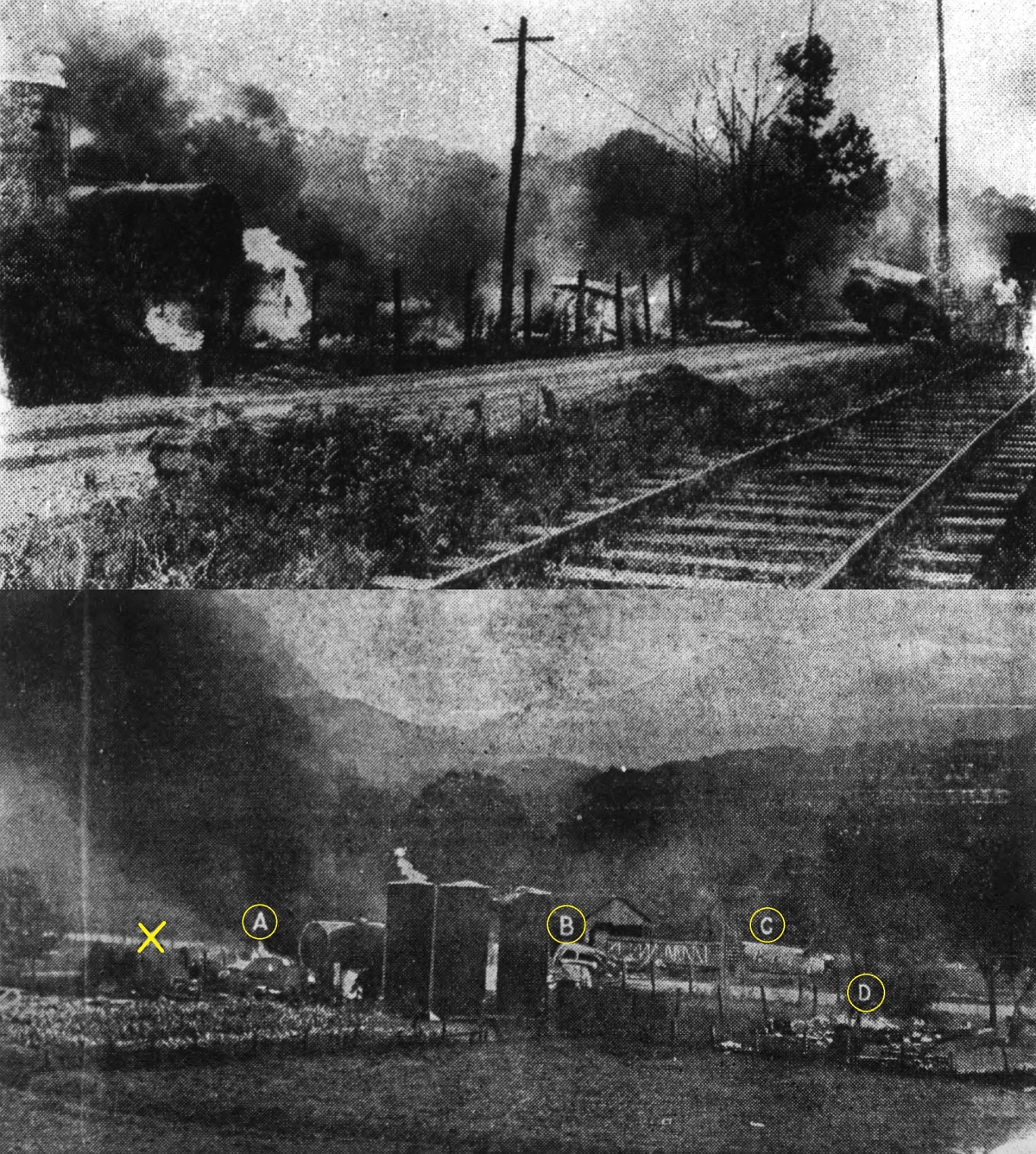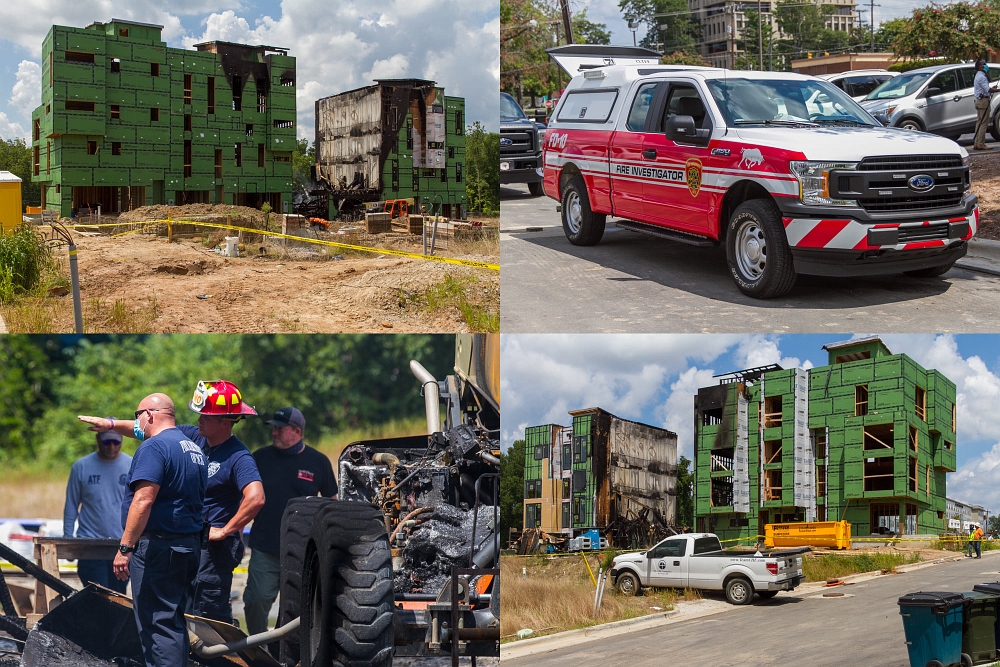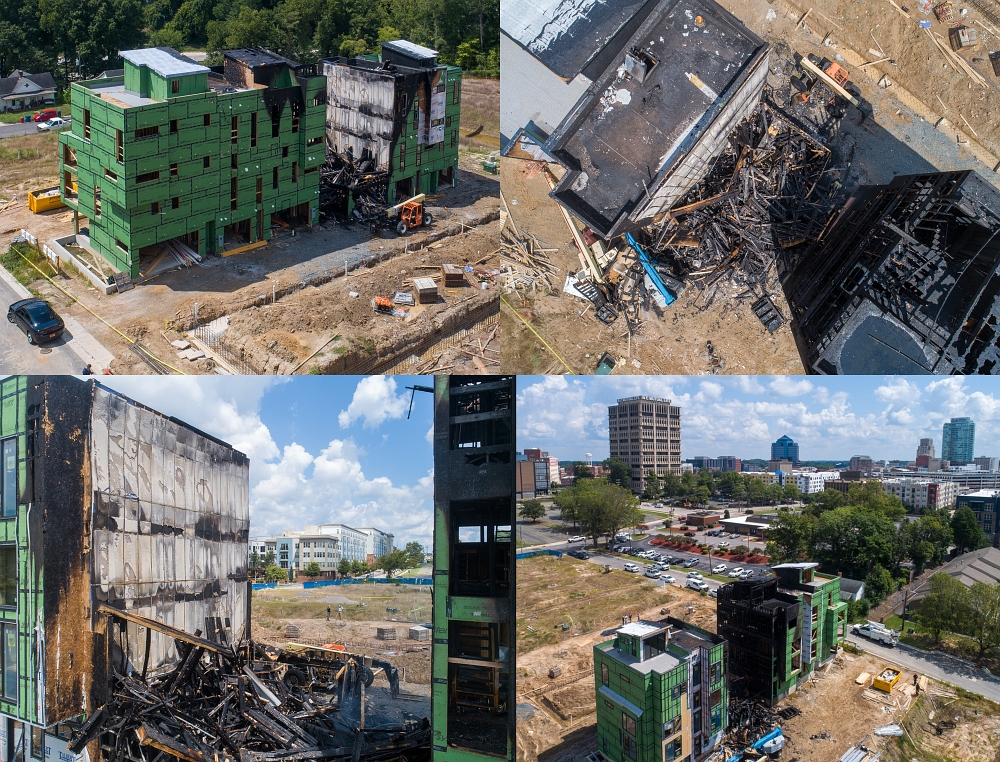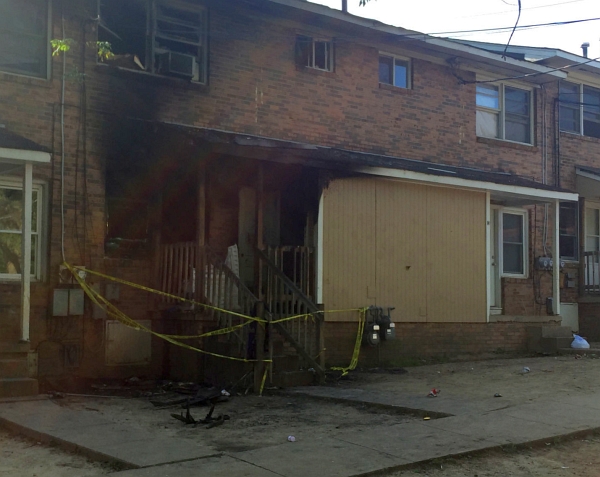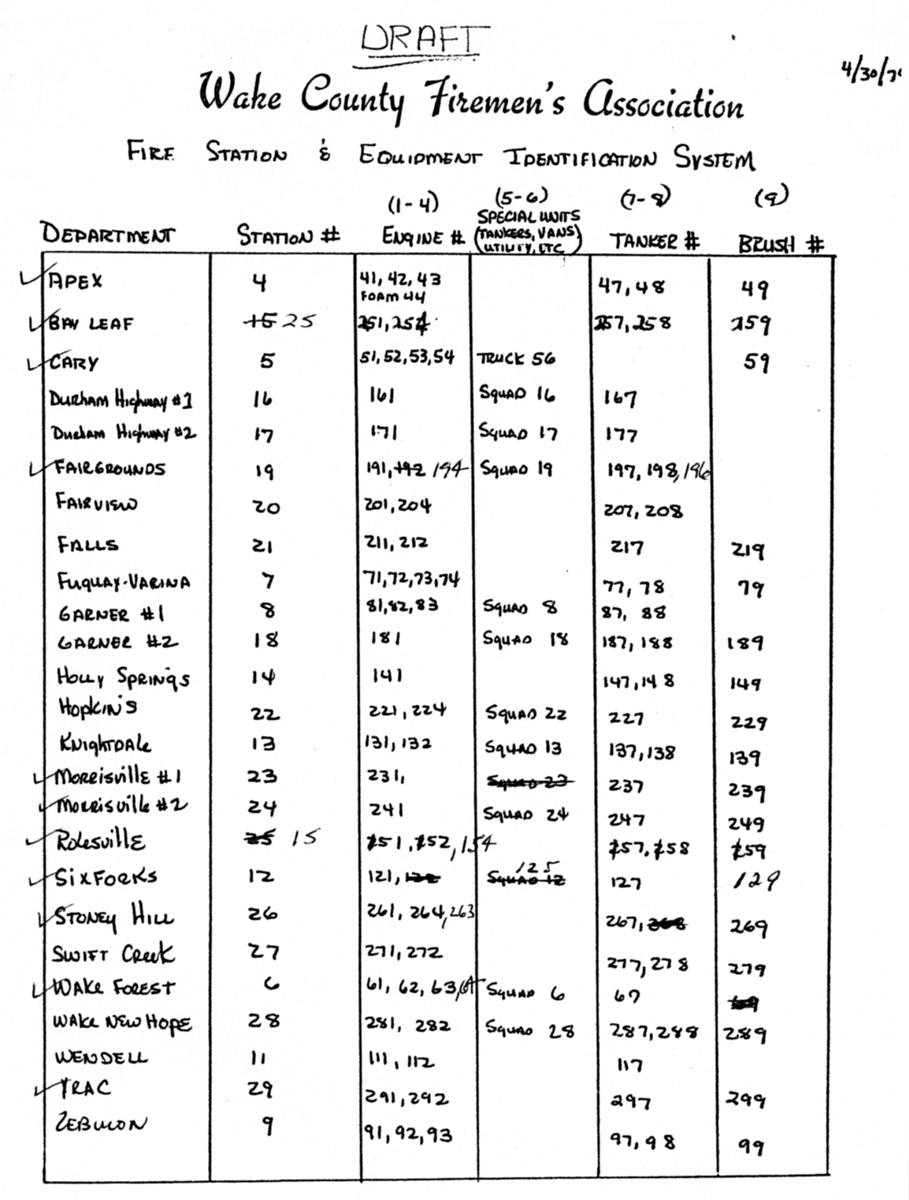This a re-posting of archive content, that’s no longer available on the Legeros Blog Archives site due to technical issues. For a related posting, see How to Become a Fire Photographer.
March 6, 2015
Here’s today’s thought exercise. Should you post a fire photo to Facebook, if you’re a member of the department that’s fighting the fire?
Let’s talk through this.
Prelude
Question one. Why Facebook, specifically? Versus elsewhere on social media or other web sites?
To me, Facebook seems like its own animal. So popular, so easily used, so easily misused. It’s also where Yours Truly spends much of his social media time. (Versus a more modest presence on Twitter, and nearly no use of other channels.)
Also, some have reservations or outright apprehension about Facebook. Since fire photos are records of “other people’s lives,” it’s easy to imagine someone saying “I didn’t call the fire department just to see my life posted on Facebook.”
(Now there’s a social experiment worth conducting! Measure public reactions to identical fire photos, as posted on Facebook versus Instagram, Twitter, official web site, or personal web site.)
Question two. Why are talking about firefighters only? Why not all responders, including EMS and law enforcement?
We’re starting simple. Bear with me. We’ll be talking a bit about medical responders, often components of a fire department. Either as first responders or fire-based EMS.
Question three. What about all those fire photos posted by Legeros and Lee Wilson? Or what photojournalists and the “the news” produce? Or just Joe Q. filming from the street corner?
Good question! On one hand, it’s absolutely a different animal. None of those individuals are city/county/agency employers or members. Nor are they responders with real and perceived responsibilities.
On the other hand–at least with the news and our favorite fire photogs—they have their own protocols. They, too, weigh issues such as personal values, employer or sponsor procedures, and the base ethics of their actions.
But back to firefighters…
Shooting Photos versus Posting Photos
We’ll start with semantics. Shooting versus posting.
Every photo posted to Facebook is actually three things:
- The photo itself.
- The action of posting the photo.
- Any caption, commentary, or comments included (or later added) to the photo.
Sometimes simply taking a photo is problematic.
Think about, say, a fire investigator arriving a working structure fire. They hop out of their “red car” and begin snapping pictures for documentation. Bystanders observe this and contrast their actions with the other arriving units. “Why is that guy taking pictures? Why isn’t he going to get a hose?”
Sometimes taking a photo is “okay”, but posting is a problem.
Responders may take pictures for internal use of severe accidents involving fatalities, such as an extended extrication or complicated technical rescue. (They’re particularly good training tools.) But if those photos are shown to the public, the response by the public is usually negative.
Sometimes both taking and posting a photo is fine, but captions or comments cause problems.
There’s a world of difference between the picture of a house fire with the caption “Engine 50 fought a fire today” versus such captions as “Strong work by Engine 50 today” (good) or “Good day for a barbecue” (bad).
Posting Photos Officially
Let’s define “official photo” as any picture that a fire department releases for public consumption. And, for our purposes, also posts to Facebook. Could be a picture taken by a civilian. Could be a donated news photo. Most likely it’s a picture taken by a member of the department.
When should you post or not post a photo from an incident? Here’s my take, based both on (a.) my approach to posting scene pictures and (b.) what I’ve observed as posted by fire departments to Facebook.
Continue reading ‘Before You Post That Photo to Facebook’ »


